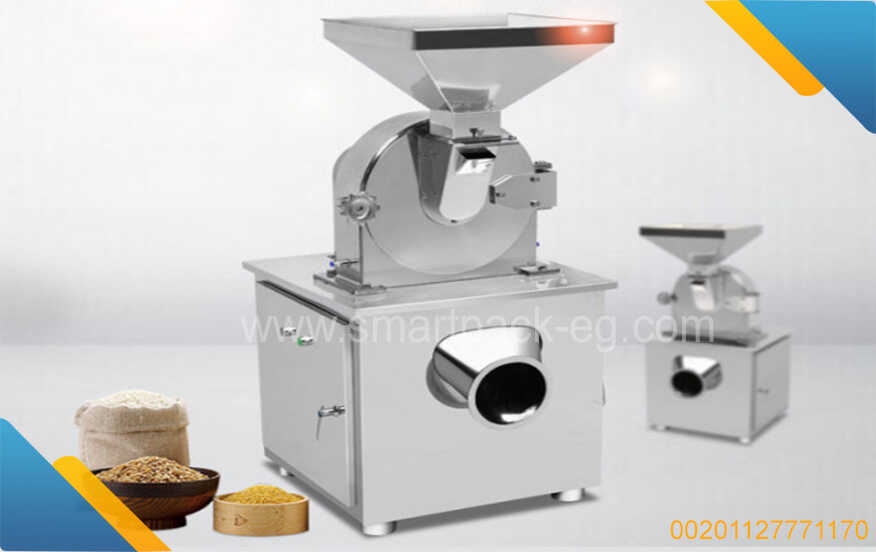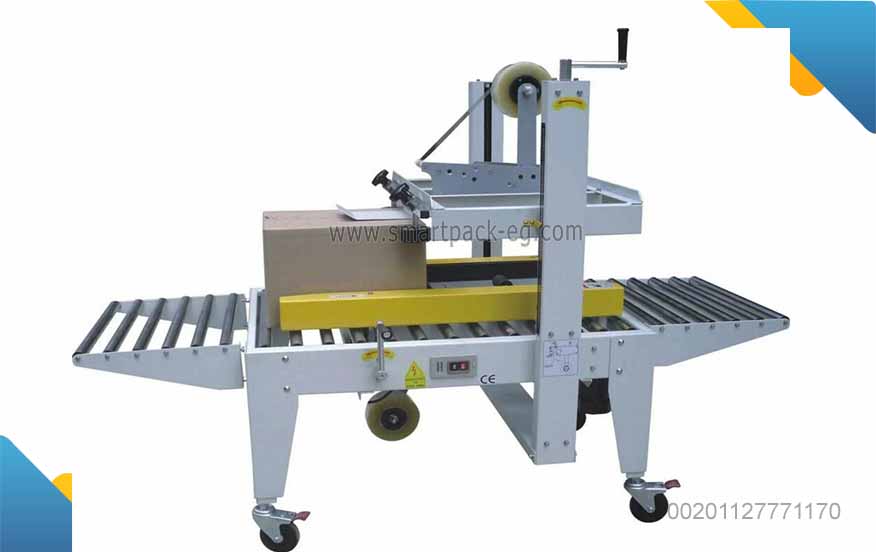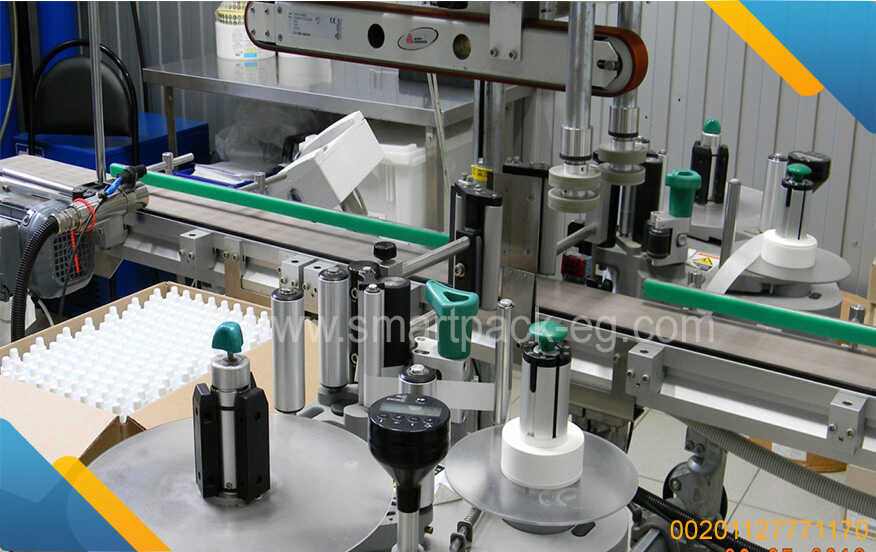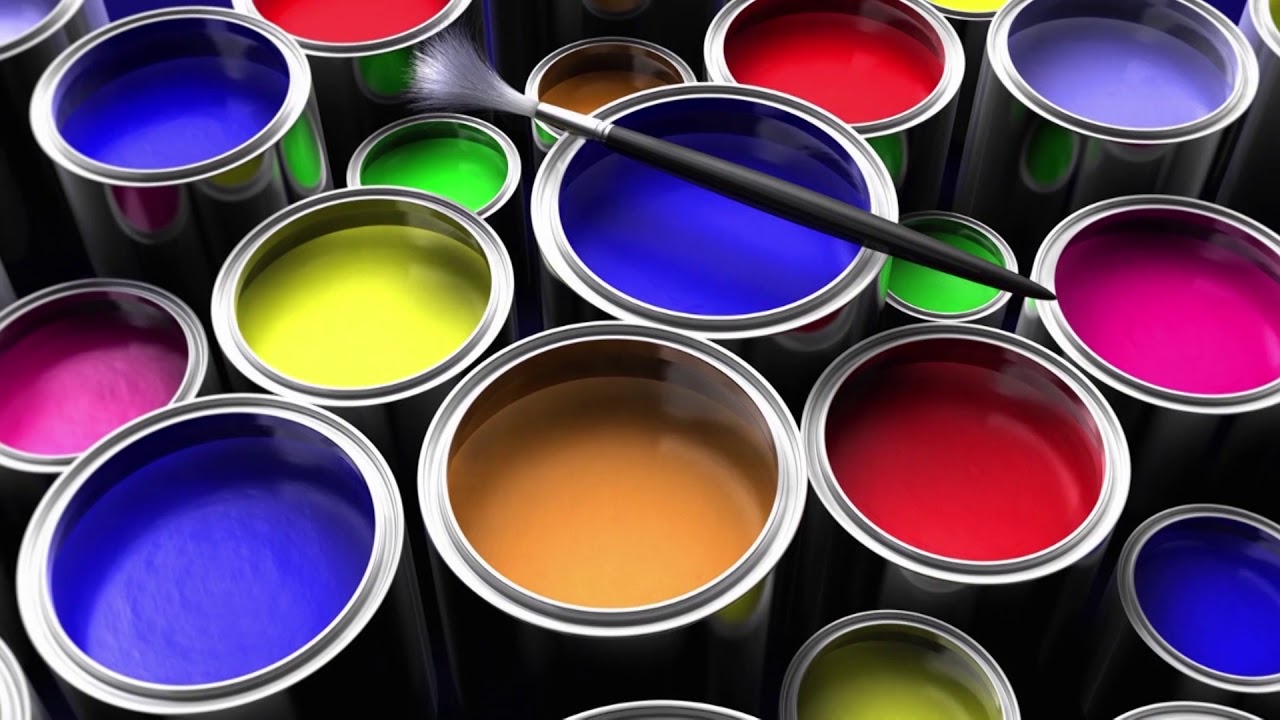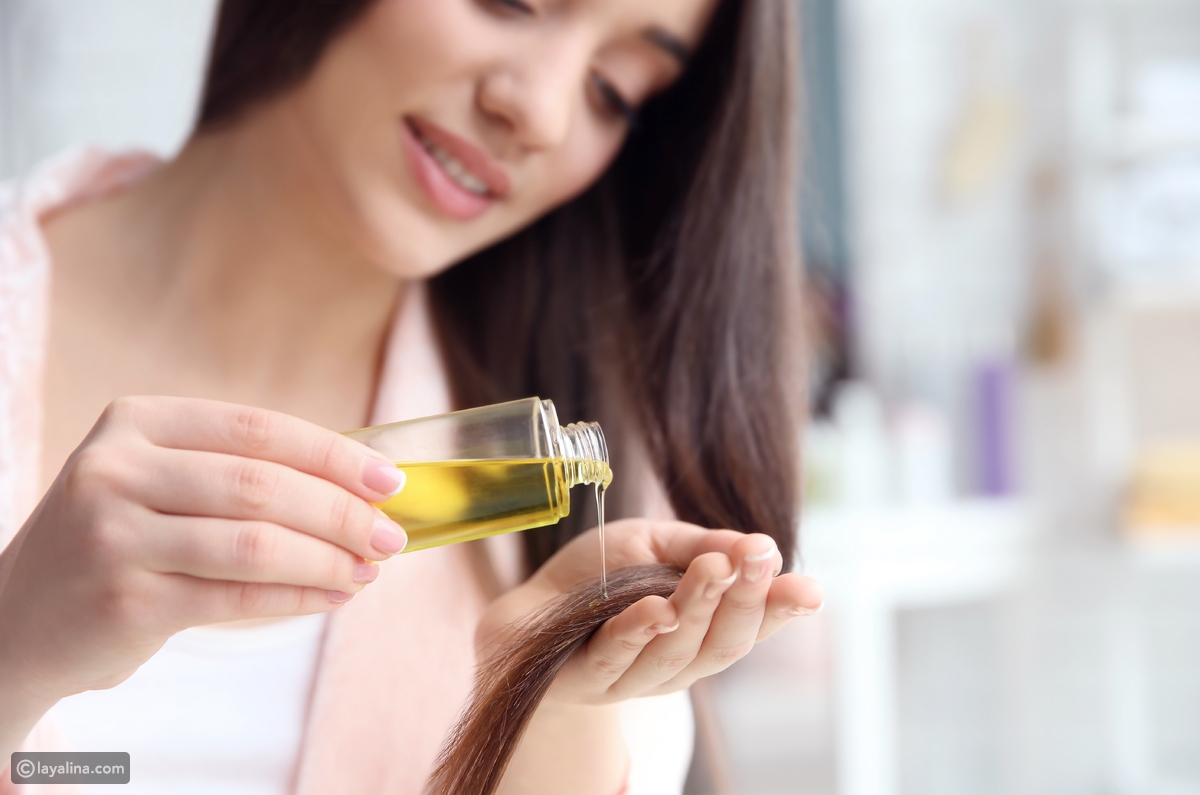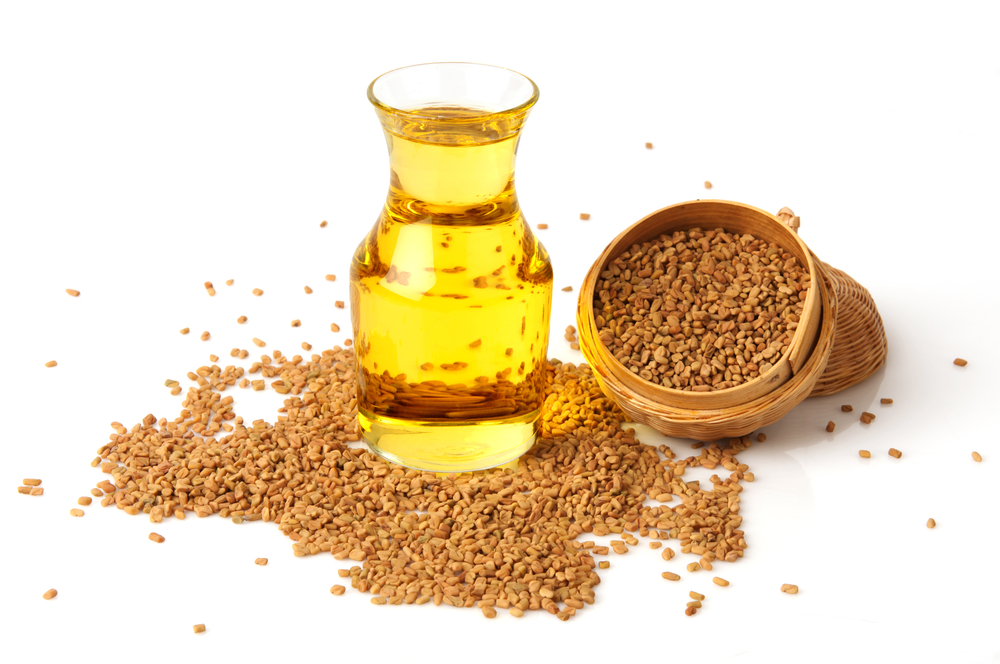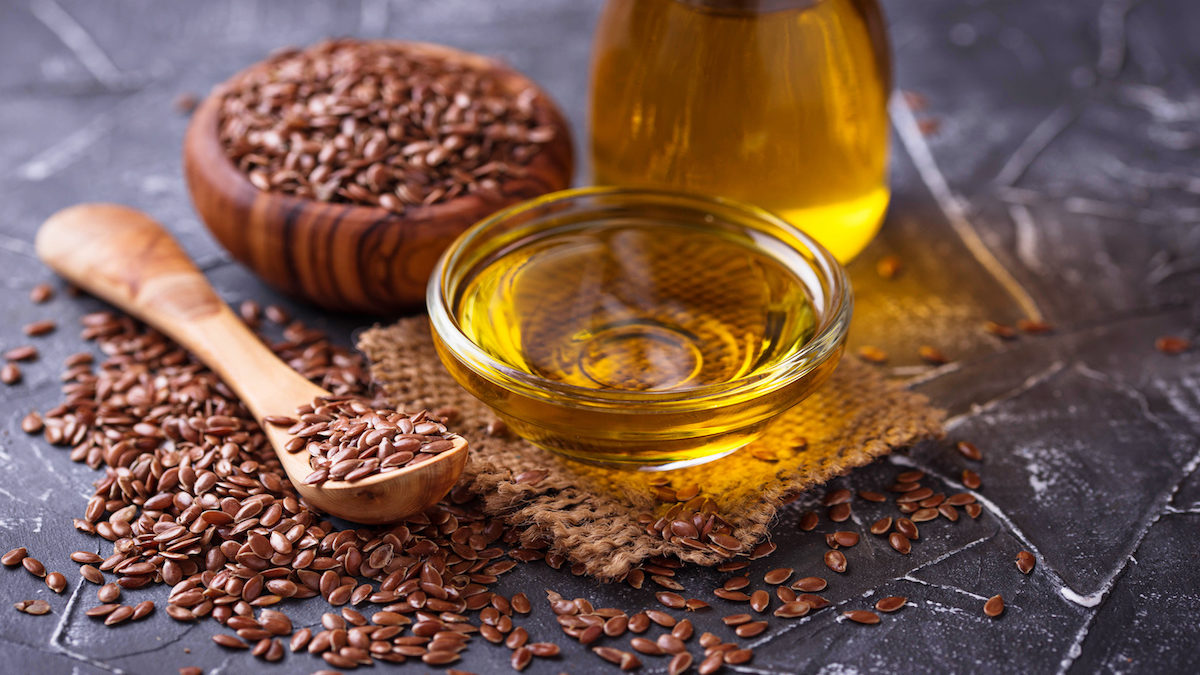How to Guide: Machines for Production and Packaging of Hair Serum Oil
Introduction:
In this guide, I will walk you through the process of manufacturing and packaging hair serum oil using machines. Hair serum oil is a popular beauty product known for its ability to nourish and improve the overall health and appearance of hair. It consists of various components that come together in a precise manner to create the final product. By understanding the production process and the machines involved, you can ensure a smooth and efficient manufacturing operation.
Components of Hair Serum Oil:
Before diving into the machines, let's briefly discuss the key components that make up hair serum oil:
-
Carrier Oils: These oils act as a base and provide the necessary moisture to the hair. Common carrier oils include argan oil, jojoba oil, coconut oil, and grapeseed oil.
-
Essential Oils: Essential oils are added to provide fragrance and therapeutic benefits. Examples include lavender oil, peppermint oil, rosemary oil, and tea tree oil.
-
Vitamins and Antioxidants: These ingredients help nourish and protect the hair. Vitamin E, biotin, and panthenol are commonly used.
-
Silicone Compounds: Silicones provide a smooth and silky texture to the hair. Cyclomethicone, dimethicone, and amodimethicone are often incorporated.
-
Preservatives: To prolong the shelf life of the product and prevent microbial growth, preservatives like phenoxyethanol or potassium sorbate may be included.
Machines for Production and Packaging:
Now, let's explore the machines involved in the production and packaging of hair serum oil:
-
Mixing Machine:
To ensure proper blending of all the components, a high-quality mixing machine is vital. This machine should have variable speed controls and be capable of handling various viscosities of liquids. It should effectively combine carrier oils, essential oils, vitamins, antioxidants, silicone compounds, and preservatives. The machine should also have a timer function to achieve consistent results. -
Homogenizer:
After mixing the components, it is essential to use a homogenizer to create a smooth and uniform consistency in the hair serum oil. This machine helps break down any larger particles that may have formed during the mixing process. It is crucial for achieving a product with a desirable texture and ensuring that all ingredients are evenly dispersed. -
Filling Machine:
Once the hair serum oil is ready, it needs to be filled into individual containers. A filling machine with a built-in pump can effectively dispense the desired amount of product into bottles or vials. This machine should be adjustable to accommodate various bottle sizes and have controls for accurate filling volumes. It should also feature an anti-drip mechanism to avoid spillage and wastage. -
Capping Machine:
After filling, the containers need to be securely sealed. A capping machine can efficiently place caps or pumps on the bottles. It should have adjustable settings to accommodate different cap sizes and shapes. The machine must apply the caps tightly to maintain product integrity and prevent leaks. -
Labeling Machine:
Finally, a labeling machine can be used to apply labels to the bottles. This machine should be capable of handling various label sizes and shapes. It should accurately place the labels on the bottles without any bubbles or wrinkles. Additionally, the machine may include a coding system to print product information, manufacturing dates, and batch numbers on the labels.
Conclusion:
By investing in the right machines for the production and packaging of hair serum oil, you can streamline the manufacturing process and ensure consistent quality. The mixing machine, homogenizer, filling machine, capping machine, and labeling machine are essential tools that enable efficient production and reliable packaging. Understanding the components and the machines involved will help you create a high-quality hair serum oil that will have your customers looking and feeling their best.

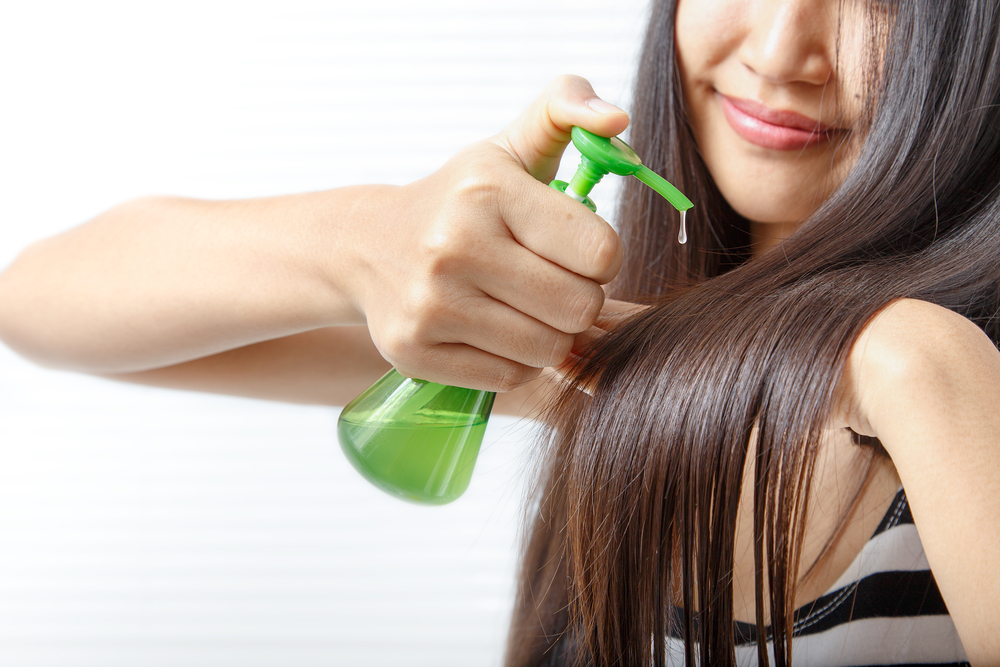
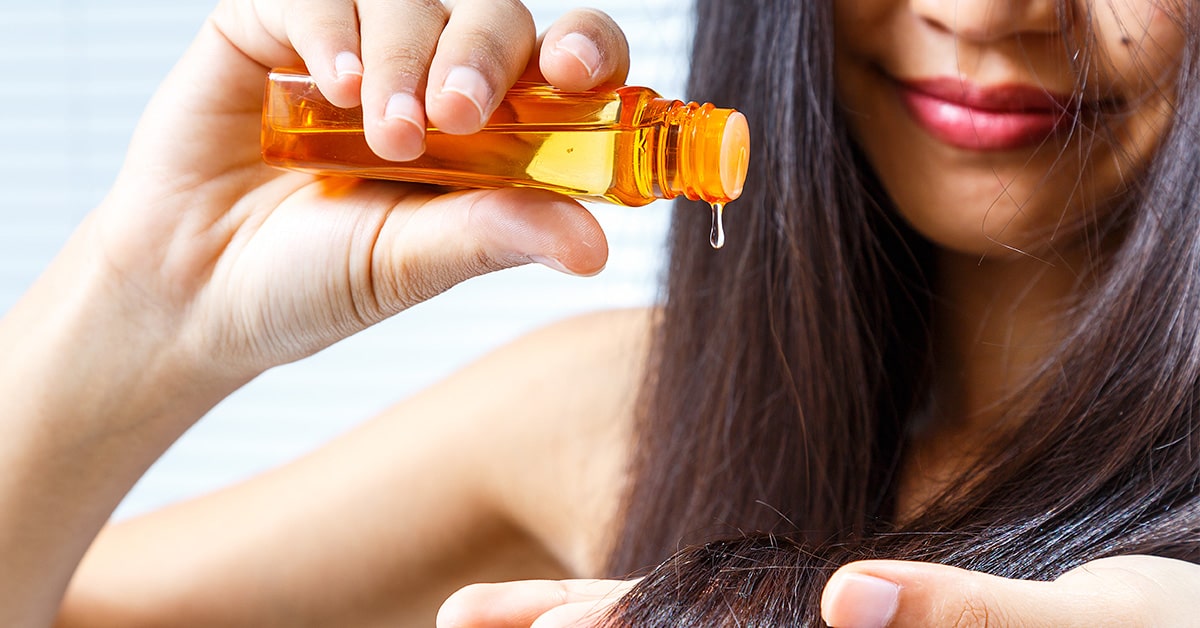
 Admin
Admin 